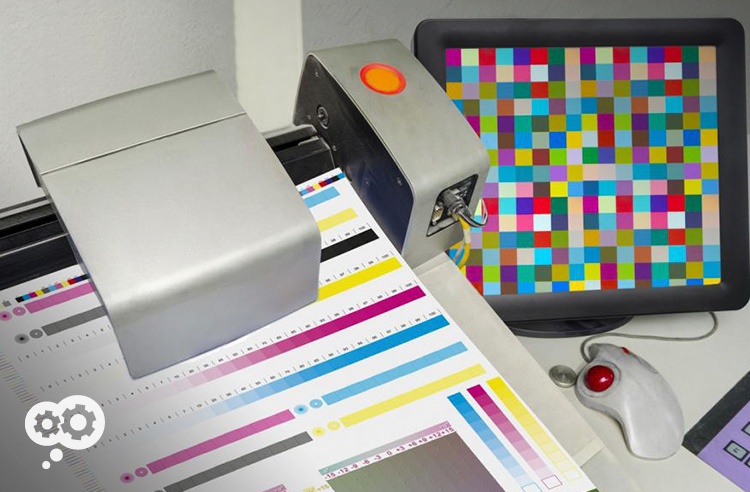In today’s digital age, where almost everything is done digitally, it’s easy to overlook the significance of printing. However, printing has played a crucial role in the dissemination of information and the advancement of societies throughout history. From ancient techniques, such as woodblock printing, to the modern printing innovations, we will explore the evolution of printing and its impact on society, education, and communication.
Introduction: The Birth of Printing
Printing, in its simplest form, is the process of reproducing text and images on paper or other materials. The origins of printing can be traced back to ancient civilizations. During the 3rd millennium BCE, the Sumerians in Mesopotamia used cylindrical seals to imprint images onto clay tablets, making them one of the earliest forms of printing.
It was in 9th-century China that the concept of printing truly began to take shape. The invention of woodblock printing facilitated the reproduction of Buddhist texts, contributing to the spread of knowledge and religion. These wooden blocks were meticulously carved, inked, and pressed onto paper or silk, resulting in the duplication of written works.
The Gutenberg Revolution: A Game-Changer
While various forms of printing existed throughout history, it was Johannes Gutenberg’s invention of the printing press with movable type in the 15th century that truly revolutionized the world. Gutenberg’s movable type system allowed for the mass production of books, making them more accessible, affordable, and available to a wider audience.
The Gutenberg Bible, printed in the 1450s, served as a catalyst for a new era of printing and laid the foundation for the dissemination of knowledge across Europe. The printing press brought about significant societal changes, including the democratization of information, the rise of literacy rates, and the emergence of printed materials as a cornerstone of education.
Printing and the Spread of Knowledge
With the advent of the printing press, knowledge began spreading at an unprecedented rate. Ideas and discoveries were no longer confined to a select few, but instead shared with a growing literate population. Scientific, philosophical, and literary works became widely available, enabling the Renaissance and the Scientific Revolution.
Printing played a crucial role in the development of universities and education systems as well. The mass production of textbooks allowed for standardized learning, eliminating the reliance on handwritten copies which were often scarce and expensive. With textbooks readily available, the dissemination of knowledge became more efficient and comprehensive, leading to the establishment of institutions as centers of intellectual growth.
The Industrial Revolution and Printing Technology
The Industrial Revolution, which brought technological advancements to various sectors, also left its mark on printing. In the early 19th century, mechanical printing presses with steam-powered capabilities were introduced. These machines could produce prints at a much faster pace than ever before. With this dramatic increase in efficiency, newspapers and books became more affordable, allowing information to reach a wider audience.
In the late 19th century, the invention of the linotype machine revolutionized the printing industry once again. This mechanical typesetting device enabled the rapid composition of text by assembling characters in a line while casting them in metal. The linotype machine simplified the printing process, reducing production time and costs significantly.
The Digital Revolution: Printing in the Digital Age
The late 20th century saw another pivotal moment in the evolution of printing with the digital revolution. Desktop publishing emerged, allowing individuals and organizations to create and print professional-looking materials from their own computers. This democratization of printing marked a shift in the industry, as printing moved from being the domain of professional printers to becoming accessible to a wider audience.
As technology continued to advance, digital printing methods became more sophisticated, allowing for high-quality prints with vibrant colors and precise details. Laser printers and inkjet printers have become common household items, enabling individuals to print documents, photographs, and artwork at their convenience.
Printing Today: Sustainability and Innovation
In recent years, the printing industry has faced criticism for its environmental impact. However, the industry has made significant progress in adopting sustainable practices. Many printers now use eco-friendly inks, recycled paper, and implement energy-saving measures in their production processes. Additionally, digital printing has contributed to reducing waste, as it allows for on-demand printing and eliminates the need for large print runs.
Innovation also continues to shape the printing industry. The introduction of 3D printing has revolutionized manufacturing, architecture, and even healthcare. With the ability to create three-dimensional objects layer by layer, this technology has opened up new possibilities and applications, ranging from prototyping and product development to personalized medical devices and artificial organs.
Conclusion: The Power of Printing
Printing has come a long way since the days of woodblock printing. From Gutenberg’s press to modern digital innovations, printing has revolutionized communication, education, and the spread of knowledge. It has empowered individuals, societies, and industries, enabling the exchange and preservation of ideas.
While the digital age may present challenges to the printing industry, its relevance endures. Printing combines artistry, precision, and technology to bridge the physical and digital worlds. As printing continues to evolve, it will remain an essential tool in shaping the way we communicate, learn, and engage with information. So, let’s not underestimate the power of printing; it’s a testament to human ingenuity and our never-ending quest for knowledge.



